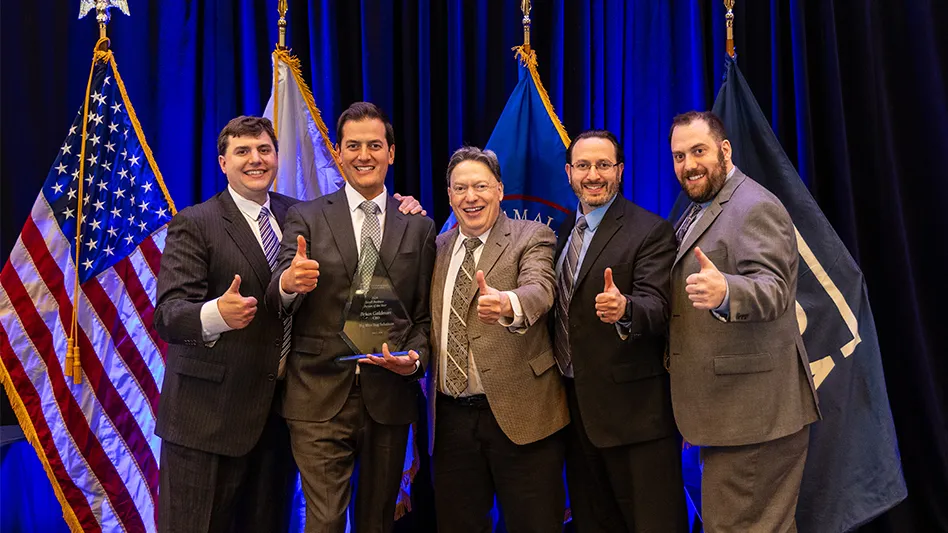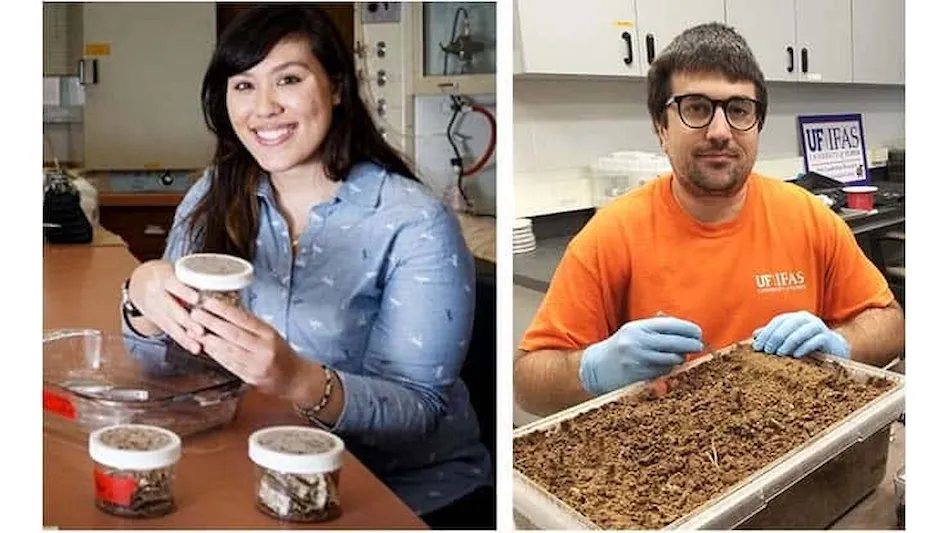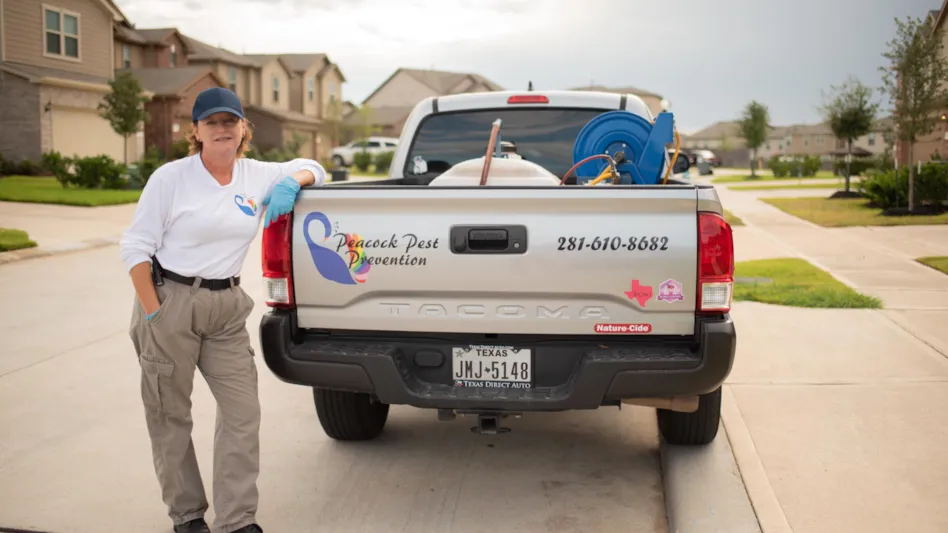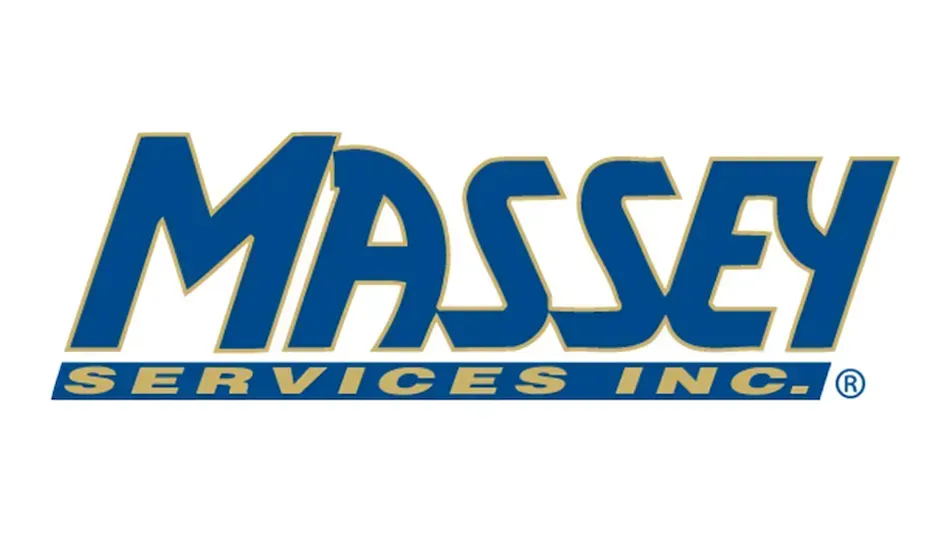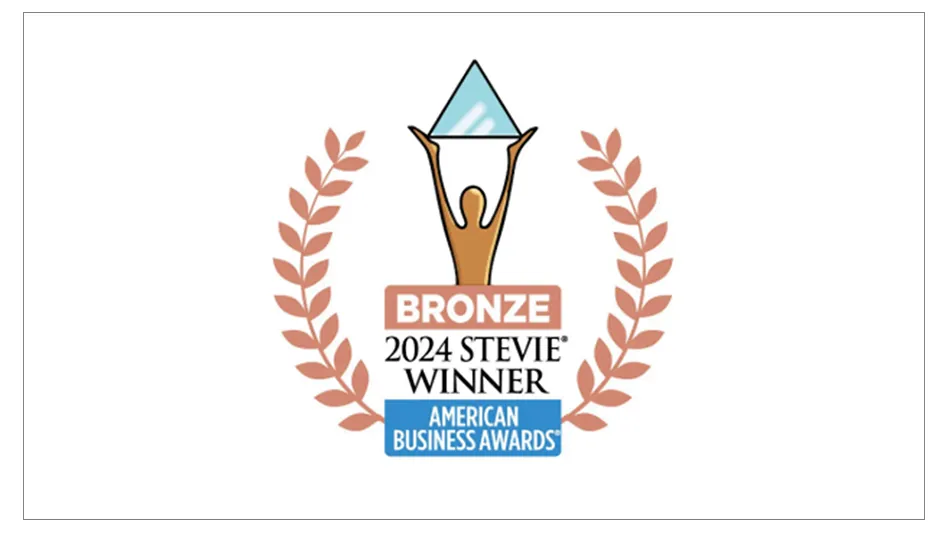
Researchers for the first time identified a specific chemical used by the higher termite castes — the queens and the kings — to communicate their royal status with worker termites. The findings could advance knowledge of termite evolution, behavior and control.
The study, published in Proceedings of the National Academy of Sciences, shows that a wax-like hydrocarbon — a chemical consisting of only carbon and hydrogen atoms called heneicosane — on the body surface of subterranean royal termites is used to enable worker termites to recognize and care for them. Termites live mostly underground or in wood and are generally blind, necessitating the use of chemical signals to communicate.
“This is the first report of a queen recognition pheromone in termites and the first report of a king recognition pheromone in insects,” said Coby Schal, Blanton J. Whitmire Distinguished Professor of Entomology at North Carolina State University.
Ed Vargo of Texas A&M University and Katalin Boroczky of Penn State University and NC State Ph.D. graduate Colin Funaro also co-authored the paper.
The researchers used gas chromatography to isolate specific chemicals from the exoskeletons of royal and worker Reticulitermes flavipes termites and found heneicosane on the royal termites, but not on workers.
When heneicosane was placed on glass dummies serving as royal termite proxies, workers did not bow or curtsy, but instead started shaking — an action that seemed to reflect the termite version of royal recognition. Workers shook even more when the royal pheromone was blended with other hydrocarbons from the colony’s workers that represent the colony’s odor.
“Termites use a two-step recognition process — the colony’s odor gives workers a ‘home’ context and heneicosane within this context denotes ‘royals are in the home,’” Schal said.
“The royal-recognition pheromone lets workers know that there is a queen or a king present and that everything is stable in the colony,” Funaro said. “Worker termites shook more when realizing that the royals were also nest mates.”
Schal said the study upends the commonly held belief that queens of the insect order Hymenoptera — ants, bees and wasps — were the first to use these wax-like hydrocarbon pheromones for royal recognition. “Termites appeared some 150 million years ago while the social Hymenoptera appeared about 100 million years ago, so this discovery of a hydrocarbon as a royal-recognition pheromone in termites appears to predate its use in social insects,” Schal said.
Funding for the work came from NC State’s Blanton J. Whitmire endowment. Source: North Carolina State University
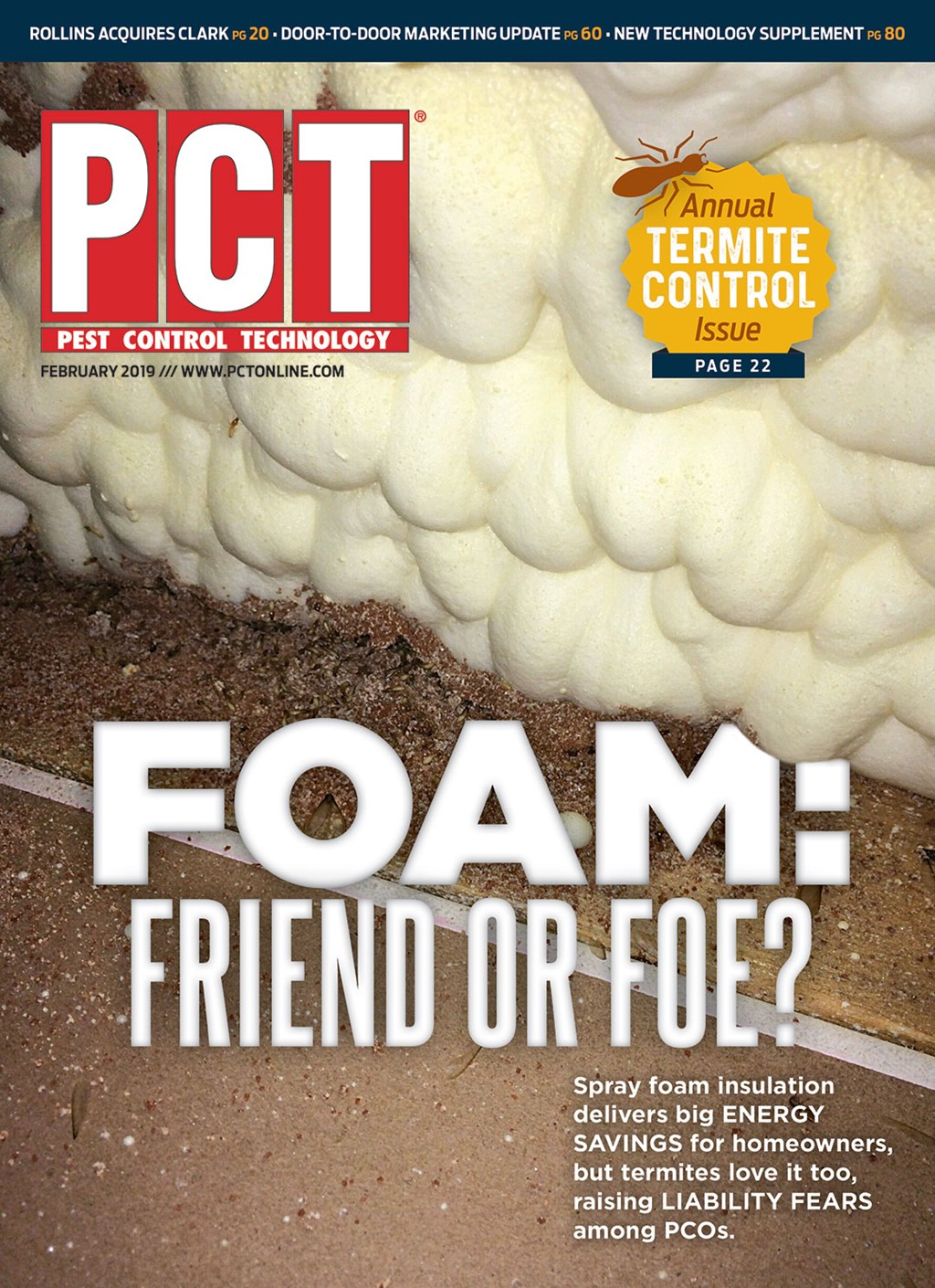
Explore the February 2019 Issue
Check out more from this issue and find you next story to read.
Latest from Pest Control Technology
- PCO Follows the Carpenter Bee Clues
- Bird Control Can Be Lucrative, But it’s Not for Every Company, PCOs Report
- Gerry Wegner on the New PCT Field Guide to Stinging and Biting Arthropods
- PCO Bookkeepers & M&A Specialists Recognize Pinnacle Performance Award Winners
- Ground Control
- Scientists, PMPs Collaborating to Map Termite Distribution in Southern U.S.
- Viking Pest Control Organizes a Charity Bike Build for Local Families
- Gaining Control of Structure-Infesting Carpenter Ants
